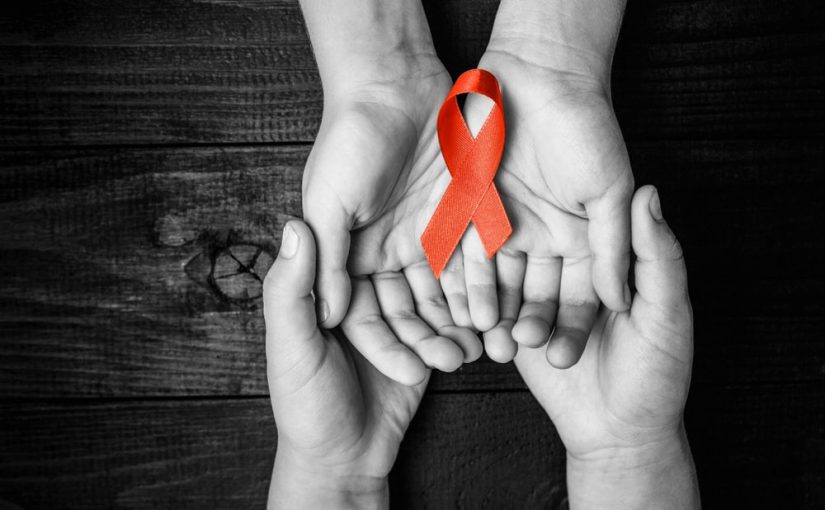Do All People with HIV have AIDS?
A chronic, potentially fatal condition, and acquired immunodeficiency syndrome (AIDS) are caused by the human immunodeficiency virus (HIV). By damaging your immune system. If people with HIV don’t seek treatment in the early years, it may lead to them having AIDS. HIV weakens your body’s ability to fight infection and disease. in this blog you will read about Do All People with HIV have AIDS?
HIV is a sexually transmitted illness that affects both men and women (STI). It can also be transferred by contact with infected blood, as well as through the use of illicit injectable drugs or the sharing of needles.
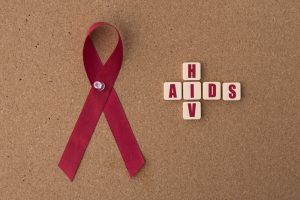
During pregnancy, childbirth, or breastfeeding, it can also be passed from mother to kid. It could take years without medicine for HIV to damage your immune system to the point where you develop AIDS.
The term AIDS refers to acquired immunodeficiency syndrome. It is the last stage of HIV infection. It occurs when the body’s immune system is severely harmed by a virus.
Not all people with HIV develop AIDS. Therefore, HIV is a virus that affects the immune system, and AIDS is a term that can only be applied when HIV has caused significant immune system damage.
HIV and AIDS:
- HIV and AIDS:
- What causes AIDS and HIV?
- Symptoms of HIV/AIDS:
- HIV/AIDS Treatment:
- HIV/AIDS Cure:
- Treatment-free remission and viral elimination are two separate proposals for a potential HIV cure are:
- Medication for HIV/AIDS:
- HIV/AIDS Prevention:
- What’s the Difference Between HIV and AIDS?
- Facts about HIV/AIDS:
- How do you get AIDS/HIV:
- FAQs:
- How long does HIV take to become AIDS?
- What stage of HIV leads to AIDS?
- How did HIV start in the first place?
- How does HIV/Aids affect a person’s life?
- How many people are living with HIV in the US?
- Which microorganism is known to cause retinitis in people with HIV/AIDS?
- How does HIV lead to AIDS?
- Can you live a full life with HIV?
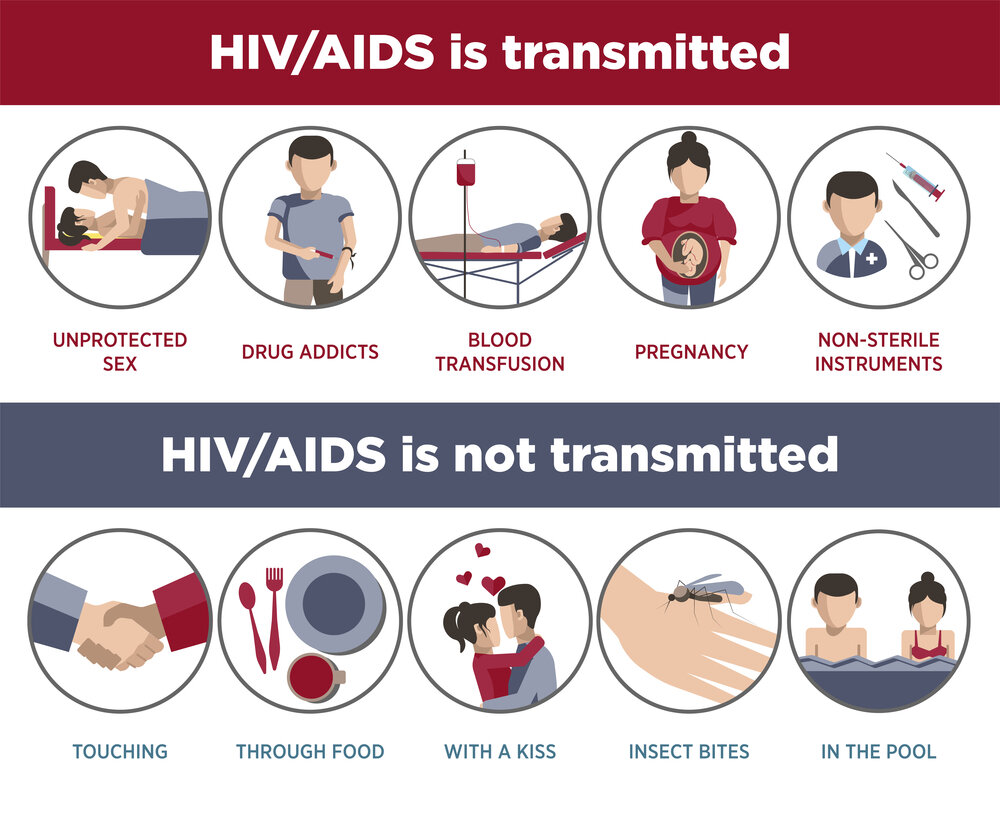
All people with HIV have the virus, however, not all people with HIV will get AIDS. Because people with HIV now have a variety of treatment options, fewer people are contracting AIDS. Those who develop AIDS are frequently those who have never been tested for HIV and have never received treatment. AIDS-related death can be avoided after HIV treatment is started. Therefore, HIV is a virus that affects the immune system, and AIDS is a term that can only be applied when HIV has caused significant immune system damage.
HIV has a different route of transmission. It can be spread through:
- Through unprotected sex with an HIV-positive person. This is the most typical method of transmission.
- Surgical needles are shared.
- Contact with the blood of an HIV-positive individual.
- During pregnancy, childbirth, or breastfeeding, from mother to baby.
What causes AIDS and HIV?
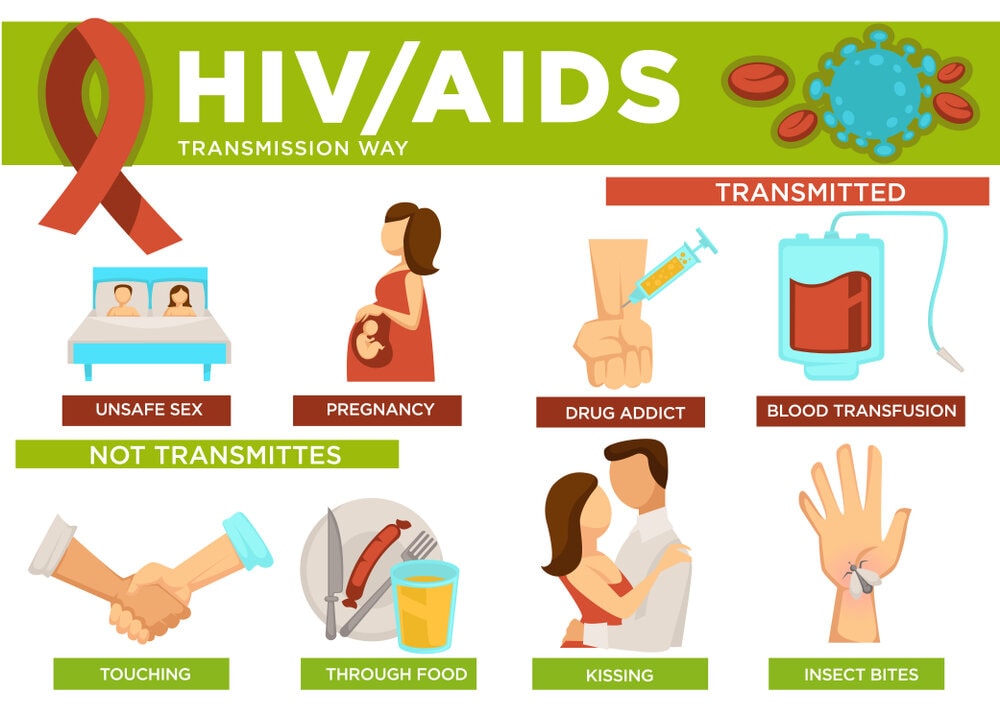
The virus can transmit from person to person through specific bodily fluids:
- Blood
- Sperm and Premenstrual Fluid
- Urinary Fluids
- Vaginal Fluids
- Mother’s Milk
These fluids can transmit HIV if they come into touch with:
- Mucous membranes (inside of the mouth, penis, vagina, rectum) (inside of the mouth, penis, vagina, rectum).
- injured tissue (tissue that has been cut or scraped).
- Injection into the bloodstream.
HIV is mainly spread:
- Having sex with people with HIV without using a condom or not taking medications to prevent or treat HIV.
- HIV infection can be transmitted through the sharing of needles or other equipment used to inject drugs.
Less often HIV can also be spread through:
- Pregnant Women can pass the virus to their fetus through shared blood circulation and nursing mothers can pass it to their infants through their breast milk. A reduction in the number of HIV-positive babies is accomplished through testing and treatment of HIV-positive mothers.
- HIV is transmitted through needle sticks or other sharp objects contaminated with HIV (mainly by health care workers).
Symptoms of HIV/AIDS:
Symptoms similar to the flu may be the initial signs of HIV infection. The commonly seen symptoms in people with HIV include:
- High fever
- Rash
- Sweats at night
- Muscle pain
- Throat infection Fatigue
- Lymph nodes swollen
- Ulcers in the mouth
If these symptoms appear and disappear within two to four weeks for people with HIV, it can be the stage of Acute HIV infection.
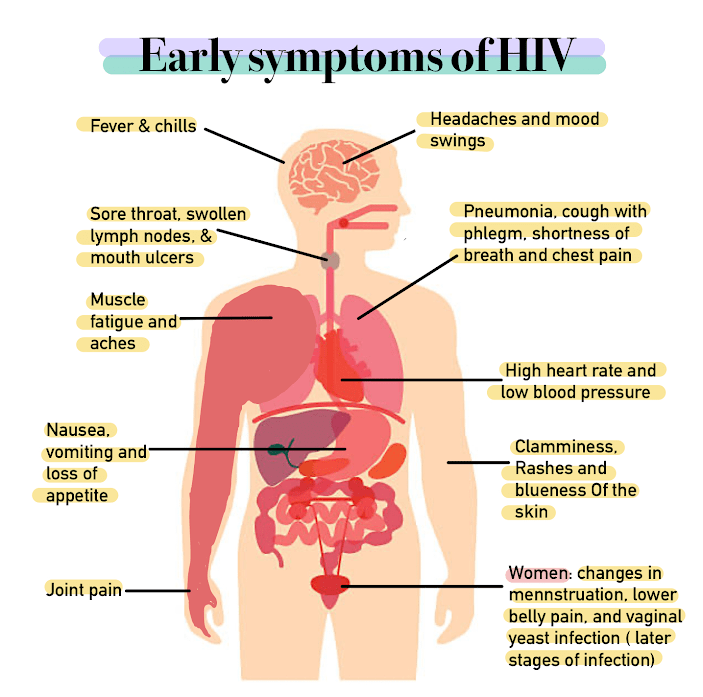
It develops chronic HIV infection if the infection is not treated. During this period, there are usually no symptoms. If left untreated, the infection will progressively impair your immune system. AIDS will then develop as a result of the infection. HIV infection has progressed to this stage. Your immune system is severely harmed if you have AIDS. You can get increasingly severe infections.
HIV/AIDS Treatment:
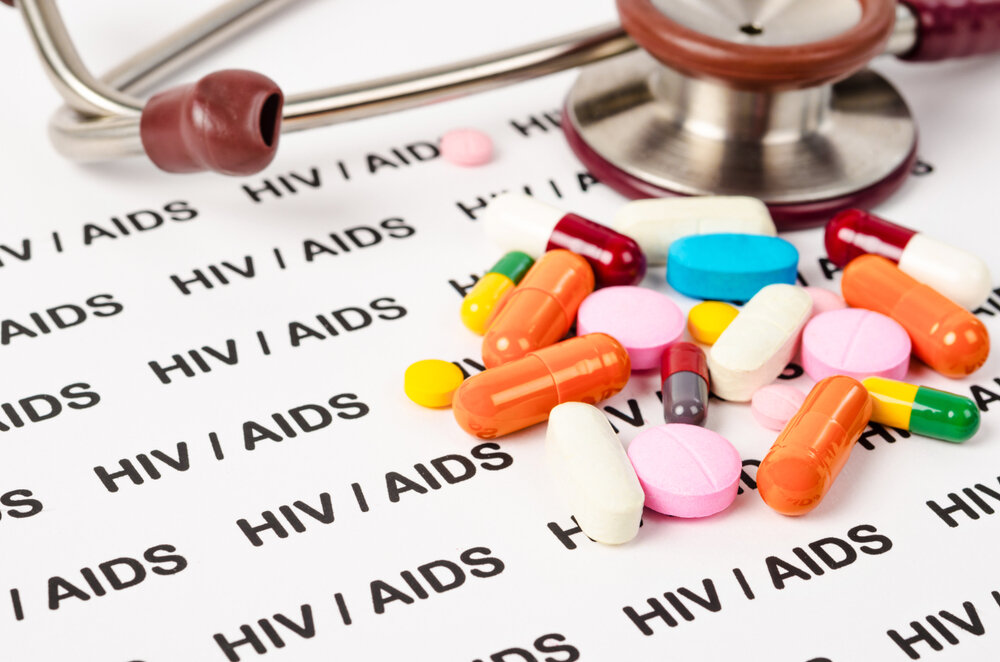
HIV infection has no cure, however, it can be managed with medication. This is known as antiretroviral therapy (ART) (ART). HIV infection can be made into a tolerable chronic illness with the use of antiretroviral therapy (ART). It also lowers the danger of the infection spreading from people with HIV to others. There are a variety of drugs available to help manage HIV and prevent complications.
When people with HIV start and maintain antiretroviral therapy (ART), they have a better chance of living a long and healthy life. It’s also critical to look for oneself. Having the support you need, leading a healthy lifestyle, and receiving regular medical care can all contribute to a higher quality of life.
Antiretroviral therapy is the name for these drugs (ART). ART should be begun for all people with HIV, regardless of their stage of infection or comorbidities
ART usually consists of a combination of two or more drugs from several pharmacological classes. This method provides the best probability of reducing HIV levels in the blood. Many ART methods combine numerous HIV drugs into a single pill that is taken once a day.
- Each medicine class works in a different way to stop the infection. Combinations of medications from several types are used in treatment to:
- Individual medication resistance must be taken into consideration (viral genotype).
- Attempt to avoid the emergence of new HIV strains that are resistant to treatment.
- Increase virus suppression in the blood.
HIV/AIDS Cure:

There is currently no treatment for HIV or AIDS. People with HIV can’t get rid of the disease once they have it. HIV cannot be cured, but it can be managed with medication on people with HIV. Within six months, the majority of people can control the infection. No matter the stage of infection or comorbidities, everyone who has been diagnosed with HIV should begin (Antiretroviral Therapy) ART.
ART often consists of two or more drugs from several pharmacological classes together. The best possibility of reducing the level of HIV in the blood is with this strategy. Many ART regimens consist of a single daily pill containing many HIV medicines.
Different drug classes work to stop the virus in different ways. Combinations of medications from several classes are used in treatment to:
- Consider each person’s medication resistance (viral genotype)
- Keep HIV from evolving new drug-resistant strains.
- maximise viral suppression in the blood.
For ART to be efficient You should take the meds as directed, without skipping or missing any doses . Maintaining ART despite an undetectable viral load is beneficial for:
- Maintain a robust immune system.
- lessen the likelihood of contracting an illness.
- Reduce your risk of contracting HIV that is resistant to therapy.
- lessen the likelihood that you will infect others with HIV.
Treatment-free remission and viral elimination are two separate proposals for a potential HIV cure are:
Treatment-free remission:
It occurs when the virus is under control without the necessity for the daily ART medications that patients must take for the rest of their lives. Other treatments are required since millions of HIV-positive individuals cannot afford ART. This concept of a functional cure for HIV is also used.
Treatment-free remission signifies:
- Live a healthy, average-length life.
- Not be required to take ART or any other medications for HIV to keep the infection under control.
- Being unable to transmit HIV to others.
Numerous treatments are being investigated as a means of controlling HIV without the requirement for daily ART. These include therapeutic vaccinations and antibody treatments. Instead of preventing infection, they help your body’s immune system fight it.
Viral Elimination:
According to scientists, eliminating HIV from an individual’s body would require two distinct treatments. Drugs used in the first phase would cause the HIV reservoir’s cells to proliferate and express proteins that act as signals to your immune system. Drugs that recognise those protein signals in the second phase would then seek out and eradicate the virus.
Histone deacetylase (HDAC) inhibitors, protein kinase activators, latency-securing medications, and immunotoxins are other therapeutic classes that may be able to locate and kill HIV. It is possible to combine these medications.
Medication for HIV/AIDS:
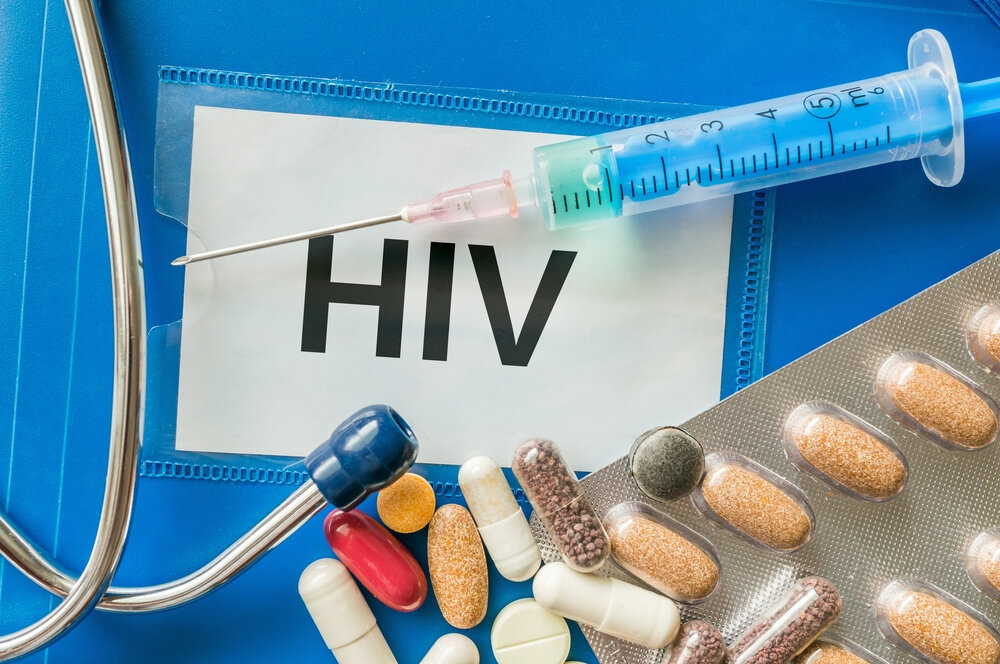
HIV drugs can help you fight infections, reduce your viral load, and enhance quality of life in people with HIV. They can reduce your risk of HIV transmission, but if people with HIV use them improperly, you could still infect others with the virus. They do not treat HIV.
These medications’ objectives are to:
- Prevent the spread of the virus.
- Boost the efficiency of your immune system.
- Slow or decreasing symptoms.
- Stop HIV from spreading to others.
The different types of medications are :
- Inhibitors of Nucleoside/Nucleotide Reverse Transcriptase (NRTIs): NRTIs prevent infected cells from producing more HIV by forcing the HIV virus to use defective versions of its building blocks. Abacavir, ABC (Ziagen), Didanosine (Videx), ddl (Videx), Emtricitabine (Emtriva), FTC (Emtriva), Lamivudine (Epivir), 3TC (Epivir), Stavudine (Epivir), d4T (Zerit), Tenofovir alafenamide (Vemlidy), Zidovudine (Retrovir) are few examples of reverse transcriptase.
- Inhibitors of Non-nucleoside Reverse Transcriptase (NNRTIs): NNRTIs, often known as “non-nukes,” bind to a certain protein to prevent the HIV virus from replicating.Cabotegravir/rilpivirine (Cabenuva), DLV, or delavirdine (Rescripor), DORAVIRININE, short for (Pifeltro), EFV or efavirenz (Sustiva), ETR, or etravirine (Intelence), NVP, nevirapine (Viramune), RPV (rilpivirine) (Edurant) are few examples.
- Anti-Protease Agents (PIs): These medications prevent a protein from being used by infected cells to assemble fresh HIV virus particles. ATV or azanavir (Reyataz), DRV, or Darunavir (Prezista), Indinavir or IDV (Crixivan), Nelfinavir or FPV (Lexiva), Lopinavir + ritonavir (Kaletra), or LPV/r (Viracept), RTV, or ritonavir (Norvir), Tipranavir or TPV Saquinavir or SQV (Invirase, Fortovase) (Aptivus) are few examples.
- Inhibitors of Integrase: These prevent HIV from replicating by inhibiting a crucial protein that permits the virus to insert its DNA into the DNA of healthy cells. Inhibitors of integrase strand transfer is another name for them (INSTIs). BIC or bictegravir (combined with other drugs as Biktarvy), Rilopivir with cabotegravir (Cabenuva), Cabotegravir (Vocabria), DTG, or dolutegravir (Tivicay), EVG or elvitegravir (Vitekta), RAL or raltegravir (Isentress)
- Attachment inhibitor for gp120: There is only one medicine in this new class, fostemsavir (Rukobia). It is for adults whose HIV has shown resistant to alternative treatments despite taking multiple HIV drugs. It attacks the virus’s surface glycoprotein 120 and prevents it from binding to the CD4 T cells in your body’s immune system.
Within one to six months of starting antiretroviral therapy as prescribed, the majority of people with HIV attain an undetectable viral load.
It can be difficult to continue HIV treatment for people with HIV. It’s vital to discuss any potential side effects, trouble taking drugs, and any mental health or substance use concerns that can make it challenging for you to sustain ART with your healthcare physician.
HIV/AIDS Prevention:
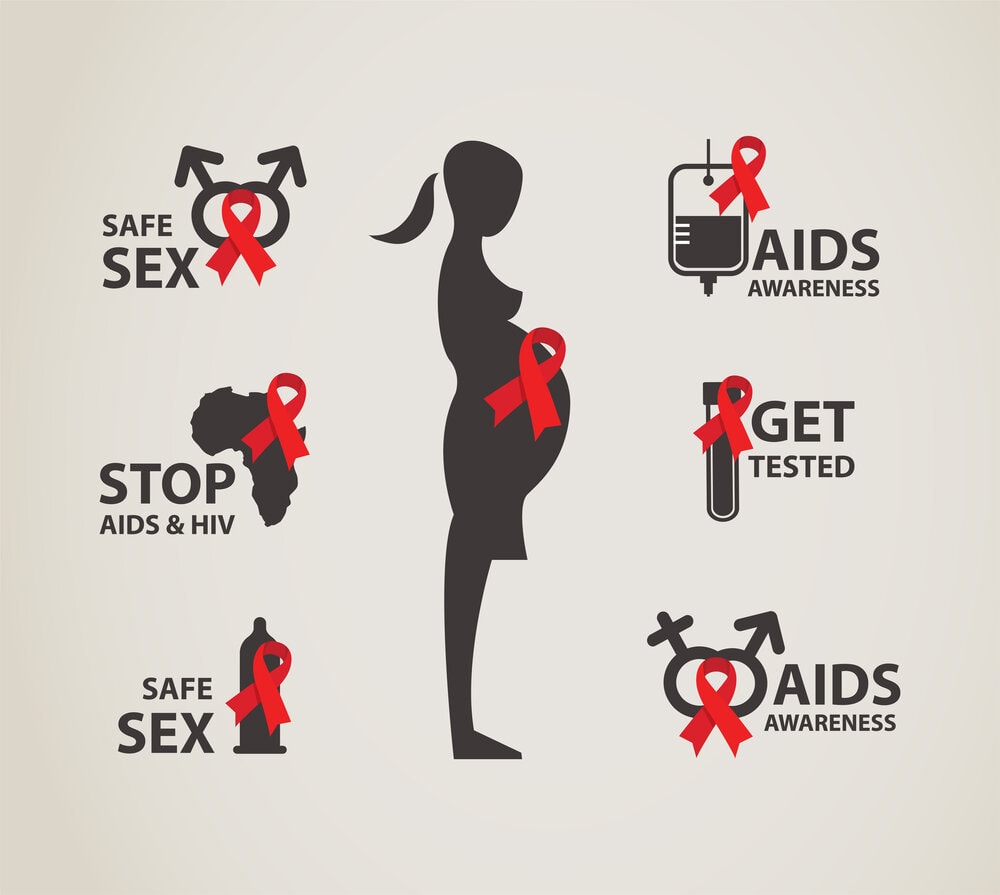
You can lower your chances of spreading HIV/AIDS by:
- Getting an HIV test.
- Choosing sexual activities that are less dangerous. Limiting the number of sexual partners you choose for sexual activities.
- Getting screened for sexually transmitted illnesses and receiving treatment (STDs).
- Drugs should not be injected.
- Speak with your doctor about HIV prevention medications if you are at high risk for contracting HIV.
What’s the Difference Between HIV and AIDS?
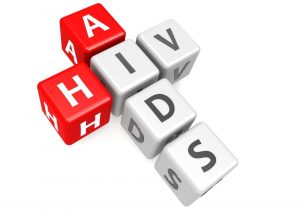
HIV, is a tiny infectious agent that grows by seizing control of the host’s cells. On the other hand, AIDS is a syndrome, a collection of related symptoms that are typically brought on by a single illness or virus. People with HIV experience an initial sickness within two to six weeks as the virus targets immune system cells.
However, after this time, the virus goes dormant and continues to slowly destroy immune system helper T cells for up to 10 years without showing any signs. HIV aggressively targets T cells when it reawakens after a period of dormancy, significantly reducing the immune system’s effectiveness.
However, after this time, the virus goes dormant and continues to slowly destroy immune system helper T cells for up to 10 years without showing any signs. HIV aggressively targets T cells when it reawakens after a period of dormancy, significantly reducing the immune system’s effectiveness.
HIV is considered to have progressed to AIDS when the patient develops opportunistic infections or illnesses that target a weakened immune system, and the number of helper T cells has fallen to under 200 cells per microliter of blood.
Facts about HIV/AIDS:
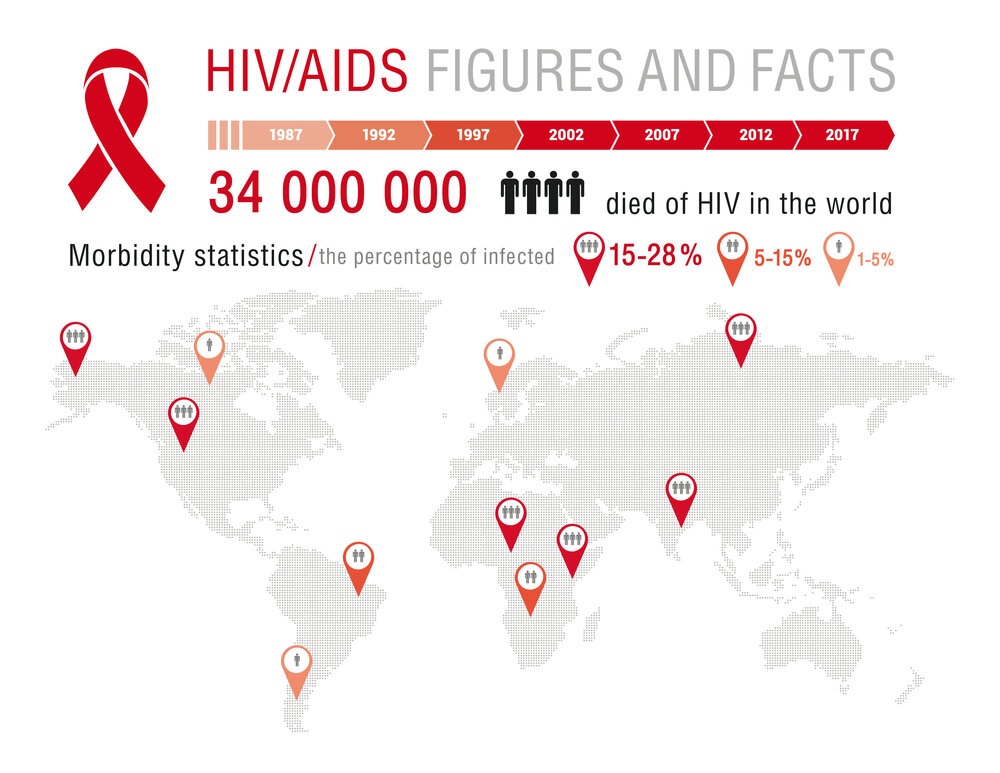
- With 40.1 million [33.6-48.6 million] deaths caused by HIV to date, it is still a significant global public health concern.
- The HIV infection is incurable. Though HIV infection has become a manageable chronic health condition, growing access to comprehensive HIV prevention, diagnosis, treatment, and care—including for opportunistic infections—has allowed people with HIV to lead long and healthy lives.
- At the end of 2021, there were an estimated 38.4 million [33.9-43.8 million] HIV-positive individuals worldwide, with 25.6 million of them people with HIV living in the WHO African Region.
- In 2021, 1.5 million [1.1-2.0 million] people contracted HIV, and 650 000 [510 000-860 000] people died from HIV-related causes
- Globally around 38 million people are living with HIV and only 68% of them people with HIV are on Antiretroviral Therapy (ART).
- According to estimates, 13% of American people with HIV are unaware of their condition and spread the disease unknowingly.
How do you get AIDS/HIV:
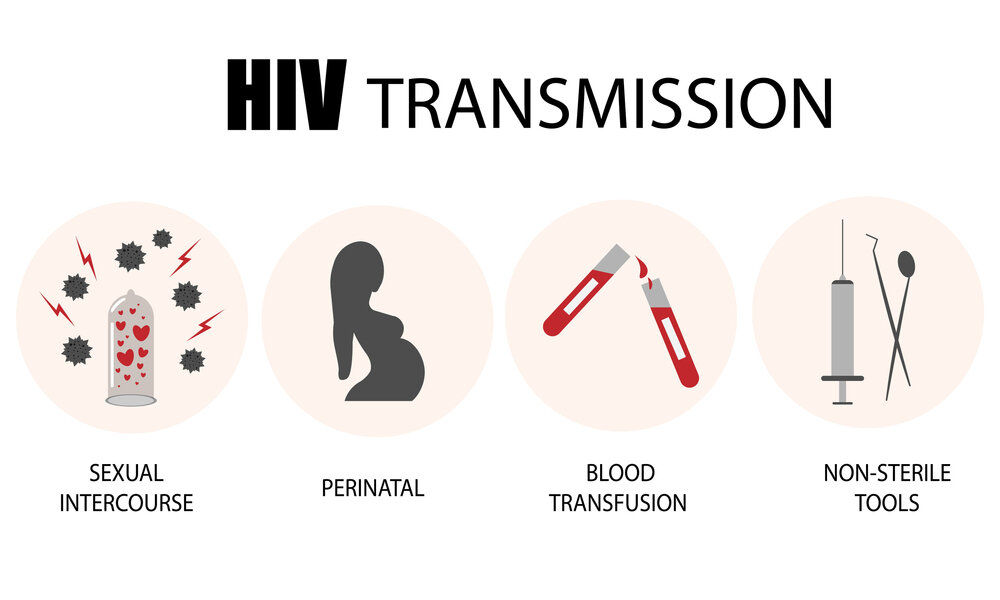
A virus called HIV can spread from one person to another by way of certain bodily fluids. Only certain bodily secretions from an HIV-positive person can enter your body and cause HIV infection.
Whether or not they exhibit symptoms, people with HIV can still transmit the infection to others.
- Blood
- Pre-seminal fluid (pre-cum) and semen (cum)
- A nasal fluid
- Bodily fluids
- Breastmilk
Only if one of these bodily fluids from an infected person enters your system can you contract HIV.
FAQs:
How long does HIV take to become AIDS?
HIV is a virus. It may cause AIDS after you’ve been infected for several years and it has weakened your immune system. Not all people with HIV have AIDS. But the infection does advance to AIDS, usually in 10-15 years if you don’t get treated with antiretroviral drugs.
What stage of HIV leads to AIDS?
Stage 3
How did HIV start in the first place?
HIV came from a species of chimpanzee in Central Africa. The chimpanzee version of the virus ( Simian Immunodeficiency Virus, or SIV) was probably passed to humans when humans hunted these chimpanzees for their meat and came in contact with their infected blood.
How does HIV/Aids affect a person’s life?
People with HIV have increased chances of having stress, anxiety, and depression. In addition, some opportunistic infections can affect the nervous system, resulting in behavior and thinking changes.
How many people are living with HIV in the US?
At the end of 2019, the most recent year for which data is available, there were reportedly 1,189,700 HIV-positive Americans. About 87% of people with HIV were aware that they had HIV. In the United States and dependent regions in 2020, 30,635 people with HIV were diagnosed with HIV.a,b The annual number of new diagnoses dropped by 8% from 2016 to 2019.
Which microorganism is known to cause retinitis in people with HIV/AIDS?
The causes of HIV microvasculopathy, also known as HIV retinopathy, are thought to be immune complex deposition, increased plasma viscosity, or HIV invasion of the vascular endothelium. The most common microorganism to cause retinitis is Cytomegalovirus (CMV).
How does HIV lead to AIDS?
The more CD4+ cells that are damaged at the time of HIV infection, the weaker the immune system gets and makes a person less able to fight off infection and disease. HIV infects and destroys cells of your immune system, making it hard to fight off other diseases. HIV can cause acquired immunodeficiency syndrome (AIDS), which develops when your immune system is significantly compromised.
Can you live a full life with HIV?
People with HIV can live a normal lifespan with the right treatment and care. You can increase your life expectancy by not smoking and having a better and healthy lifestyle.

